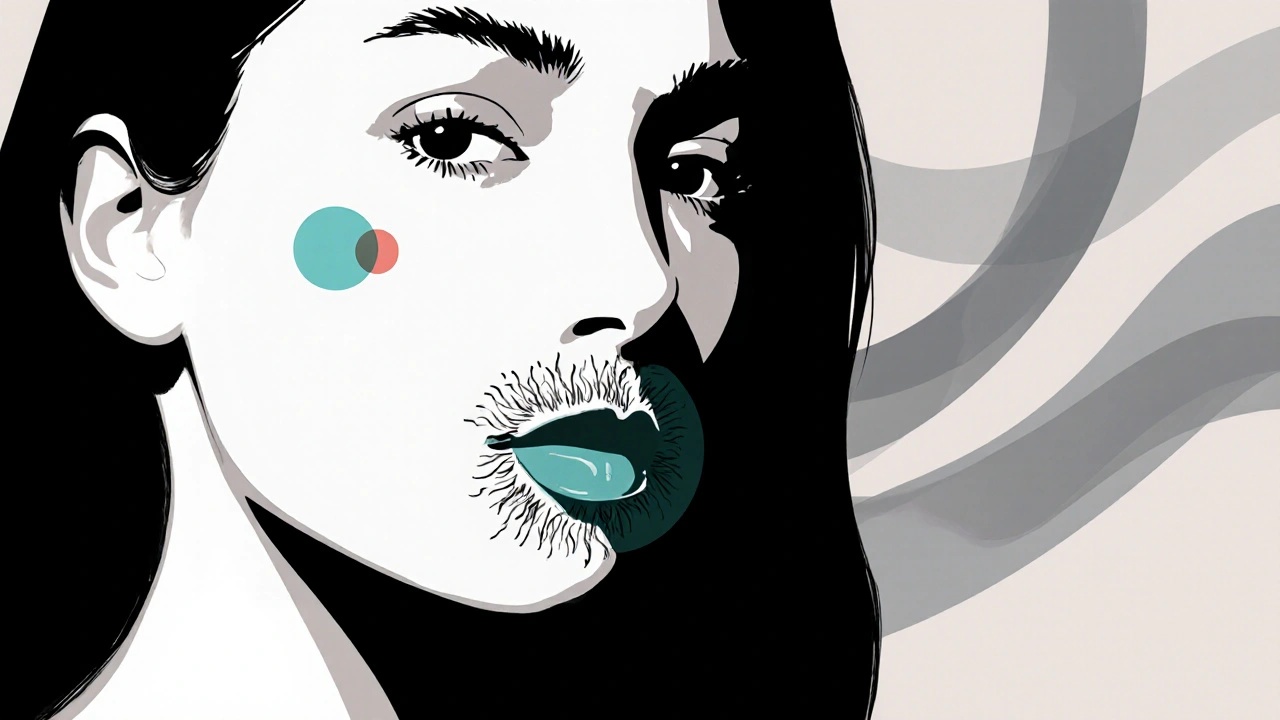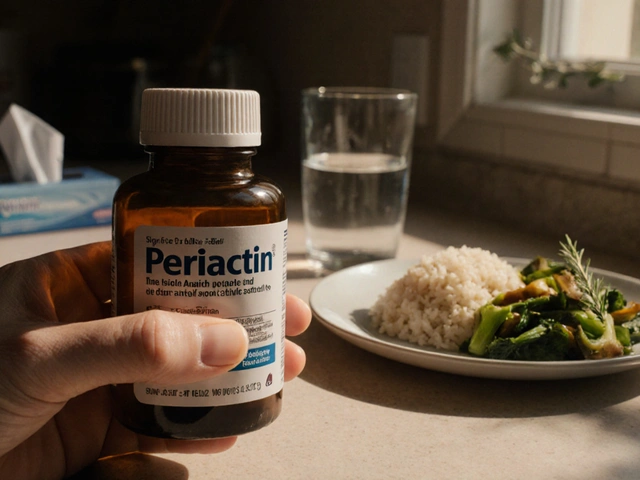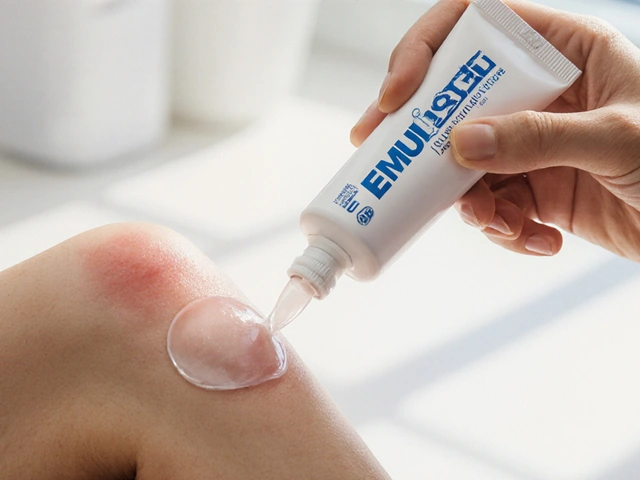Hirsutism: Causes, Symptoms, and Treatment Options
When dealing with hirsutism, excessive hair growth in women on the face, chest, or back where men usually grow hair. Also known as female pattern hirsutism, it often signals an underlying hormonal issue. Think of it as a visible clue that your body’s hormone balance may be off. The most common trigger is androgen excess, where male‑type hormones like testosterone are higher than normal. This excess can come from the ovaries, adrenal glands, or even external sources. Recognizing the pattern early helps you avoid unnecessary worries and start the right treatment.
How Hirsutism Connects to PCOS and Other Conditions
One of the biggest names that pop up alongside hirsutism is polycystic ovary syndrome (PCOS), a metabolic disorder that affects up to 10% of women of reproductive age. PCOS usually brings irregular periods, acne, and weight gain, but hirsutism is often the most noticeable sign. The link is simple: PCOS drives androgen production, which fuels unwanted hair growth. Another condition worth mentioning is adrenal hyperplasia, where the adrenal glands overproduce hormones, leading to the same hair pattern. Understanding these connections lets you and your doctor pinpoint the root cause rather than just treating the symptom.
Beyond the medical side, lifestyle choices play a role too. A diet high in refined carbs can spike insulin, which in turn boosts androgen levels. Regular exercise and a balanced, low‑glycemic diet can help keep those hormones in check, sometimes reducing hair growth without medication. While lifestyle tweaks aren’t a cure, they’re a solid foundation for any treatment plan.
When it comes to actually removing the hair, options fall into three buckets: temporary, semi‑permanent, and permanent. Temporary methods like shaving or waxing are quick but need frequent upkeep. Semi‑permanent solutions such as depilatory creams dissolve hair at the skin surface, offering a few weeks of relief. Permanent removal—laser therapy and electrolysis—targets the hair follicle itself, delivering long‑lasting results after multiple sessions. Choosing the right method depends on your skin type, hair color, budget, and how much hair you’re dealing with.
Medication can also tackle the hormonal root. Spironolactone acts as an anti‑androgen, reducing the effect of testosterone on hair follicles. It’s often combined with oral contraceptives, which regulate menstrual cycles and lower androgen levels. For more stubborn cases, doctors may prescribe finasteride, a drug that blocks the conversion of testosterone to dihydrotestosterone (DHT), the form that directly fuels hair growth. These prescriptions require monitoring, but many women see a noticeable softening of hair within a few months.
Finally, emotional support matters. Hirsutism can affect confidence, relationships, and mental health. Talking to a dermatologist, endocrinologist, or therapist can give you a roadmap that blends medical, cosmetic, and psychological care. Whether you opt for laser sessions, a prescription, or lifestyle changes, the goal is the same: a plan that fits your life and reduces the impact of excess hair. Below you’ll find a curated list of articles that dive deeper into each of these areas—from drug comparisons to travel tips for patients dealing with related conditions—so you can pick the exact info you need to move forward.

Hirsutism and Birth Control: Essential Guide for Women
Learn how hormonal birth control can reduce hirsutism, compare pill types, discover side‑effects, and find practical tips for effective hair‑growth management.




